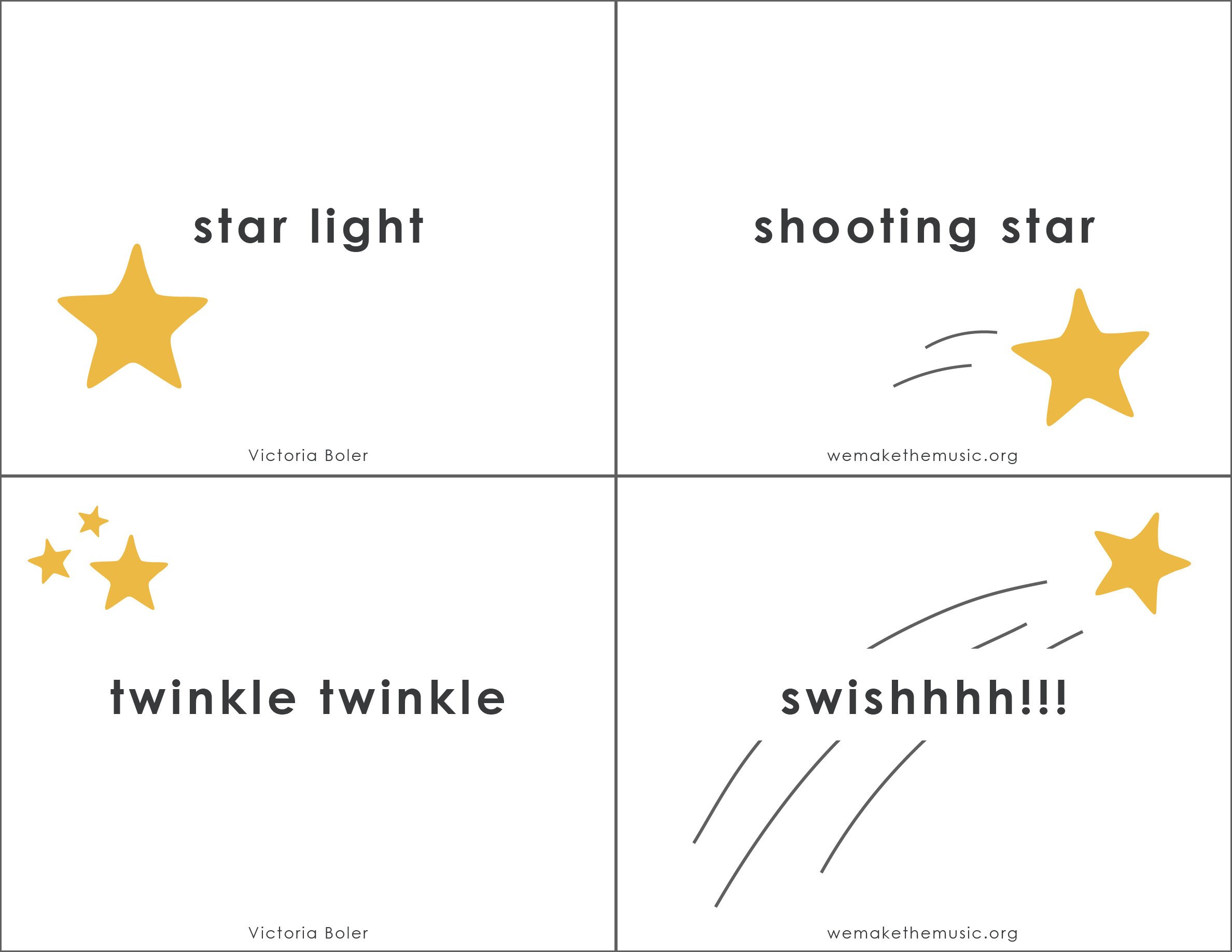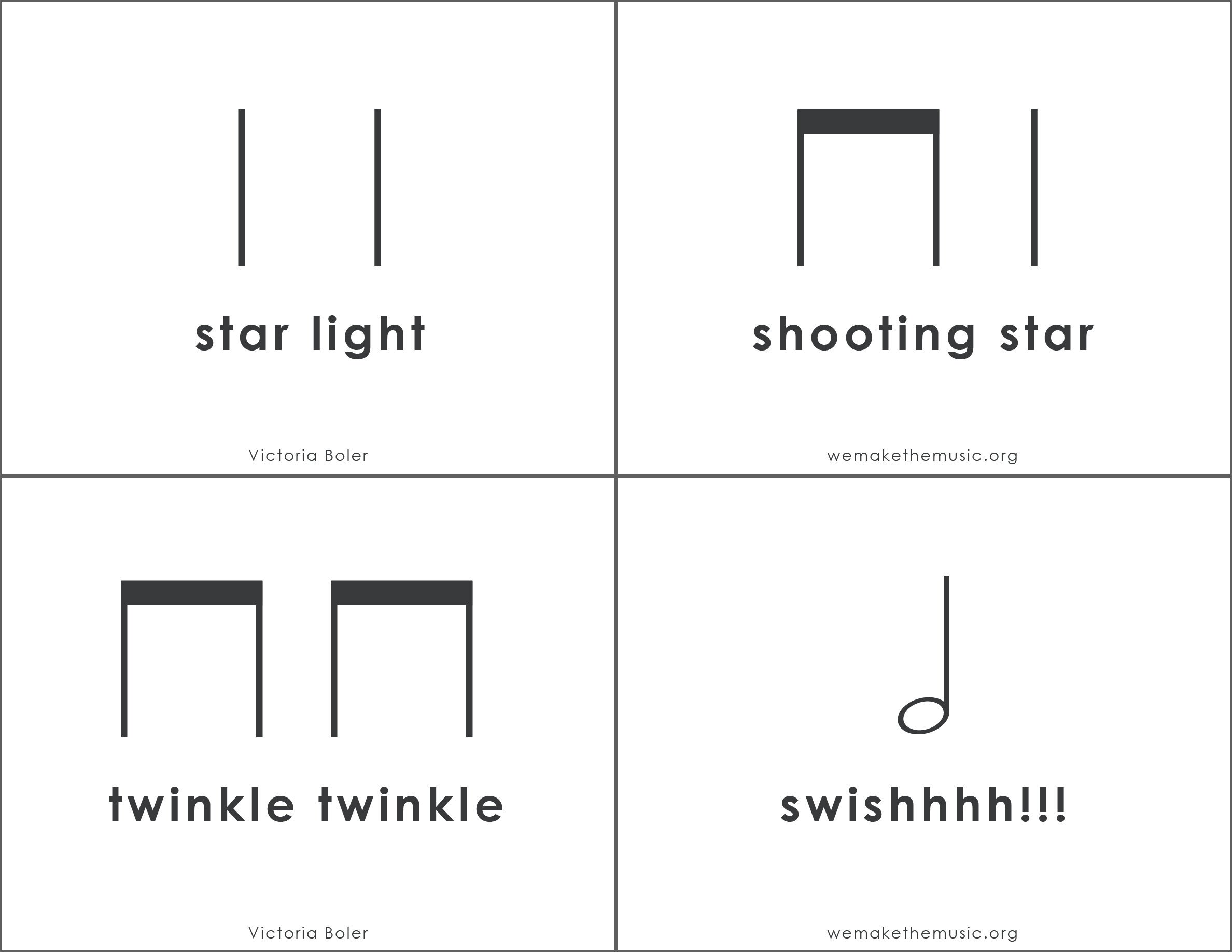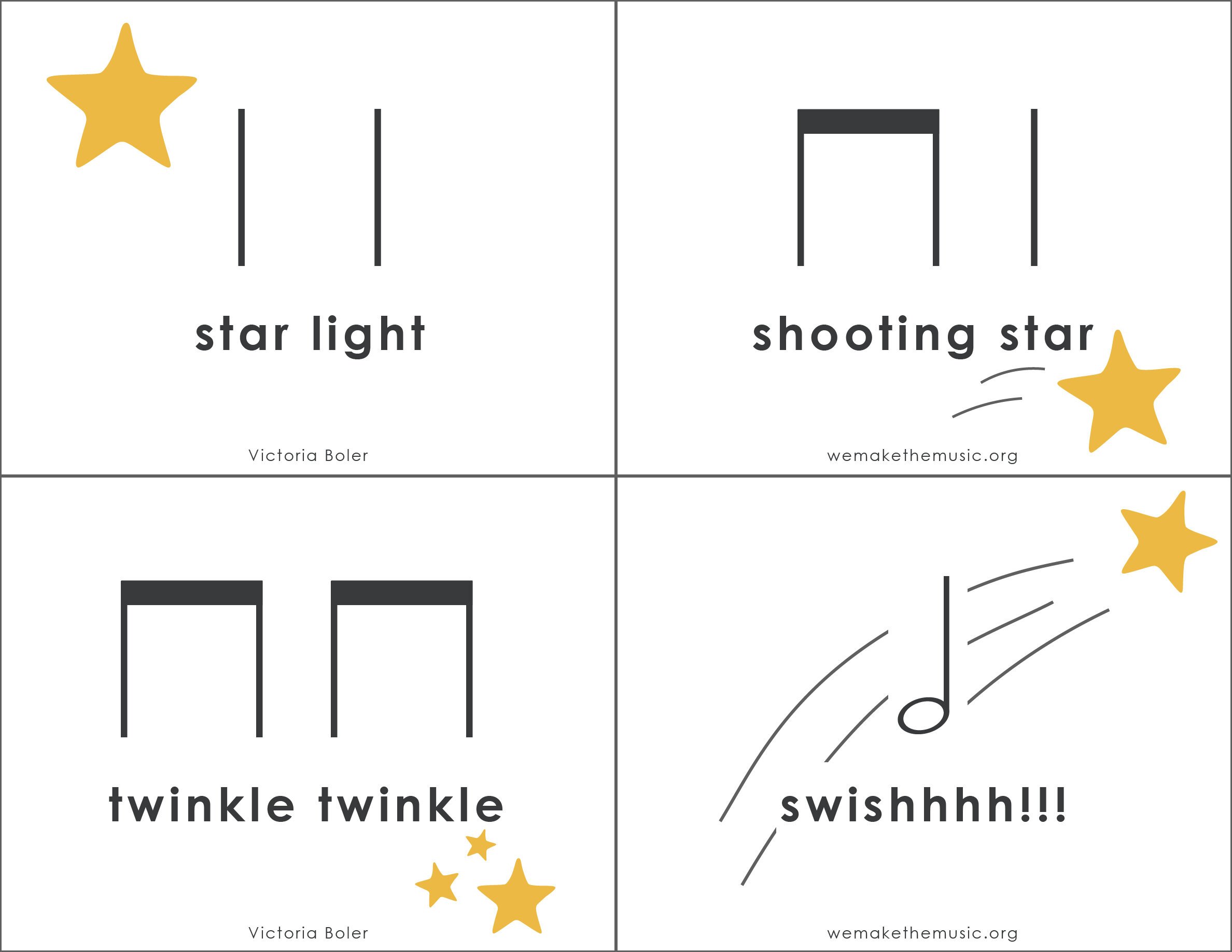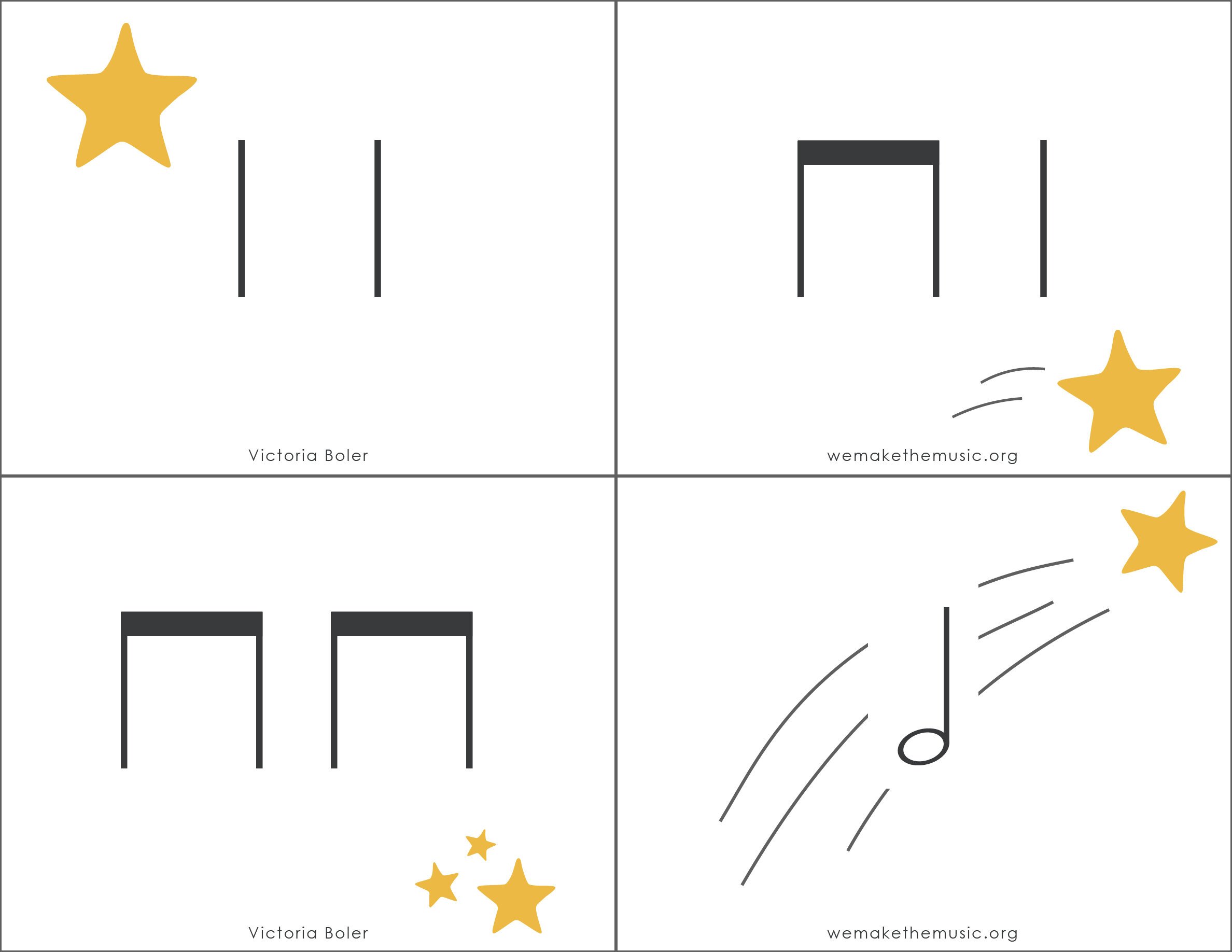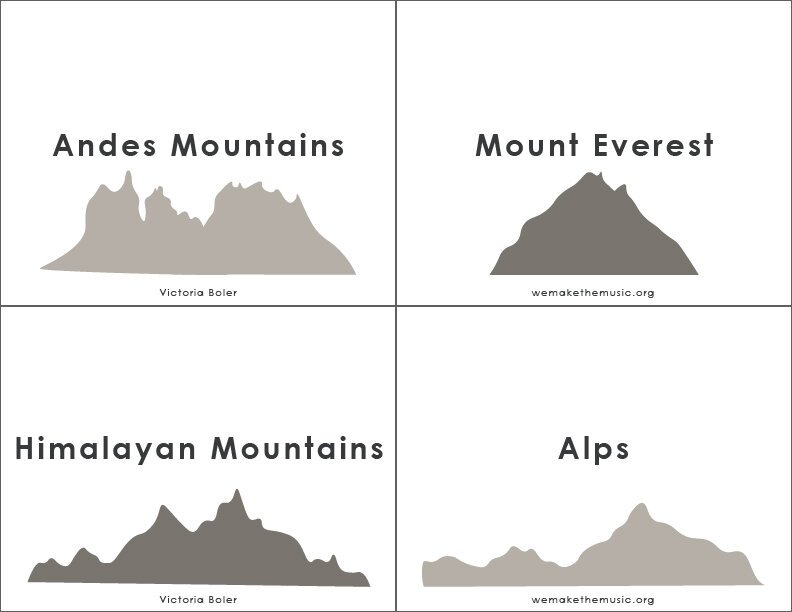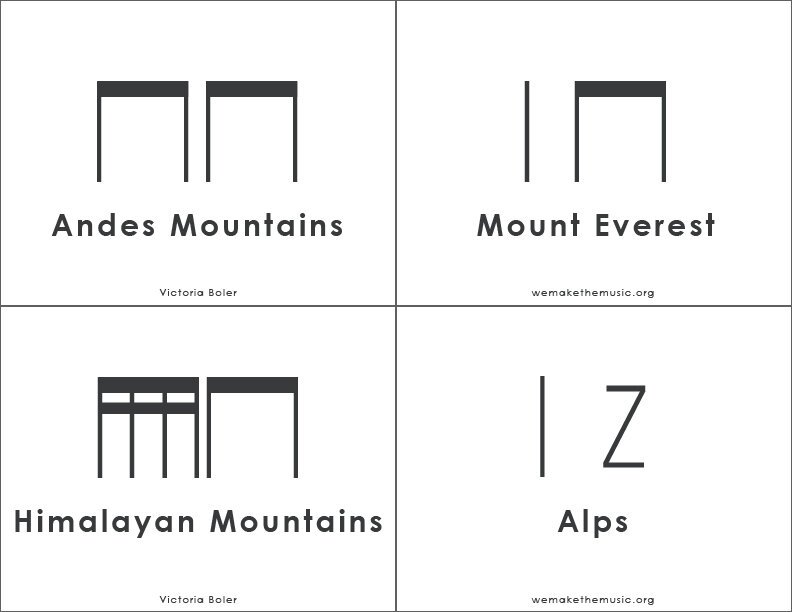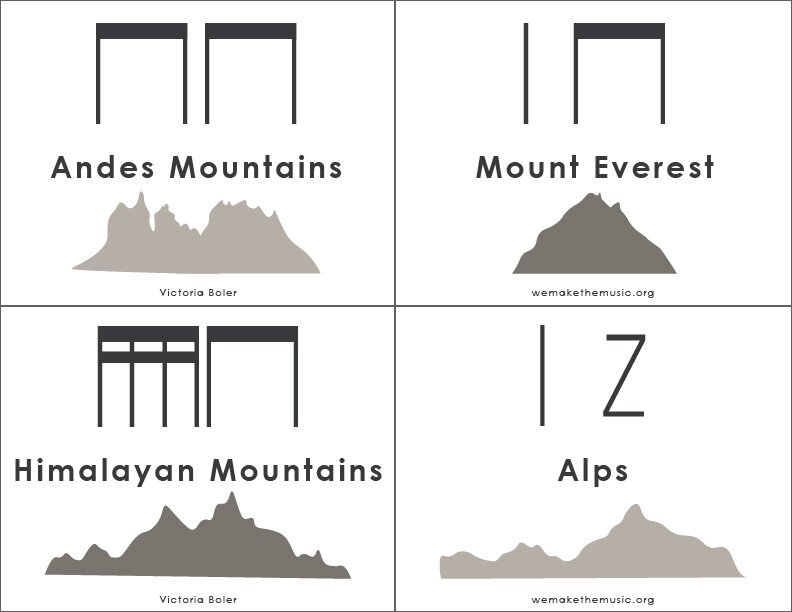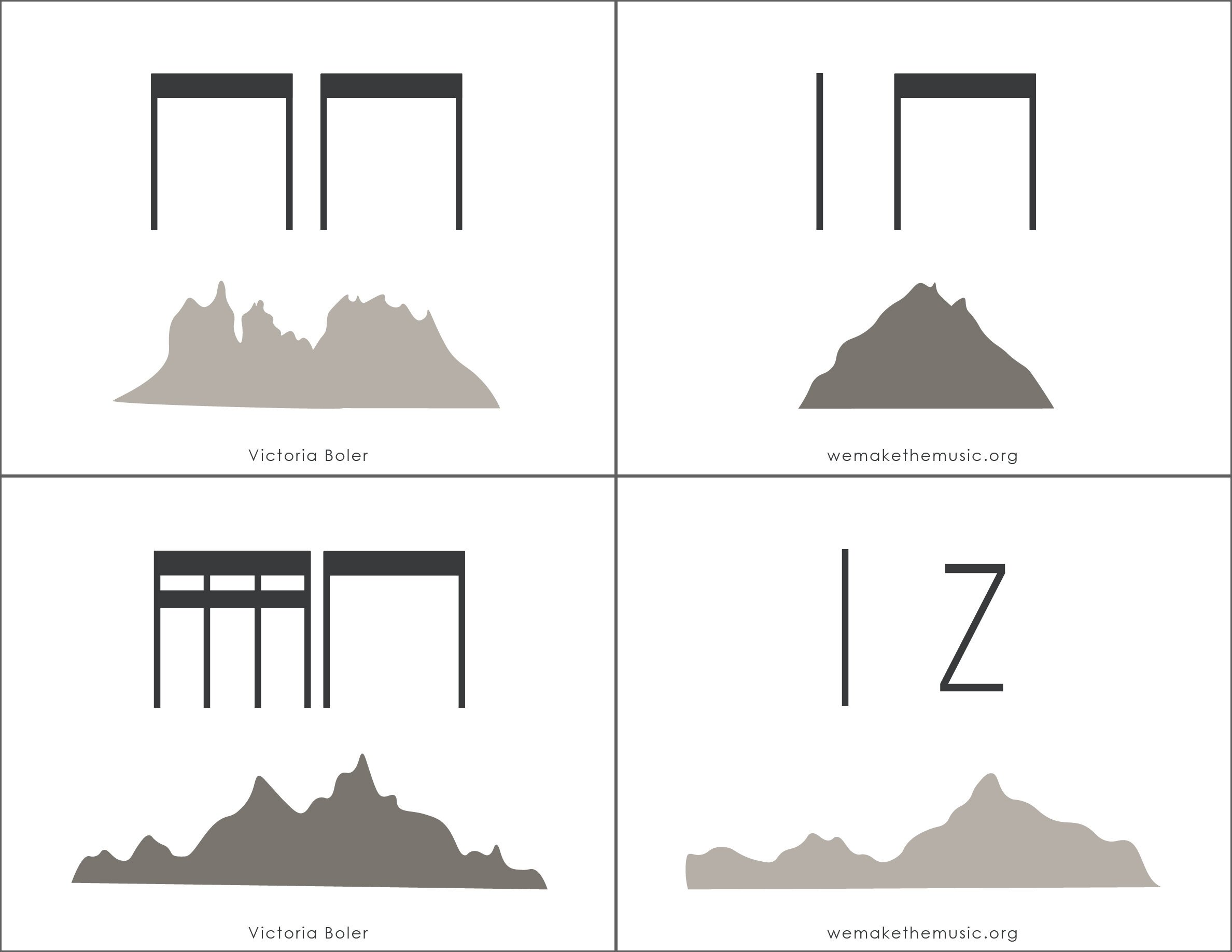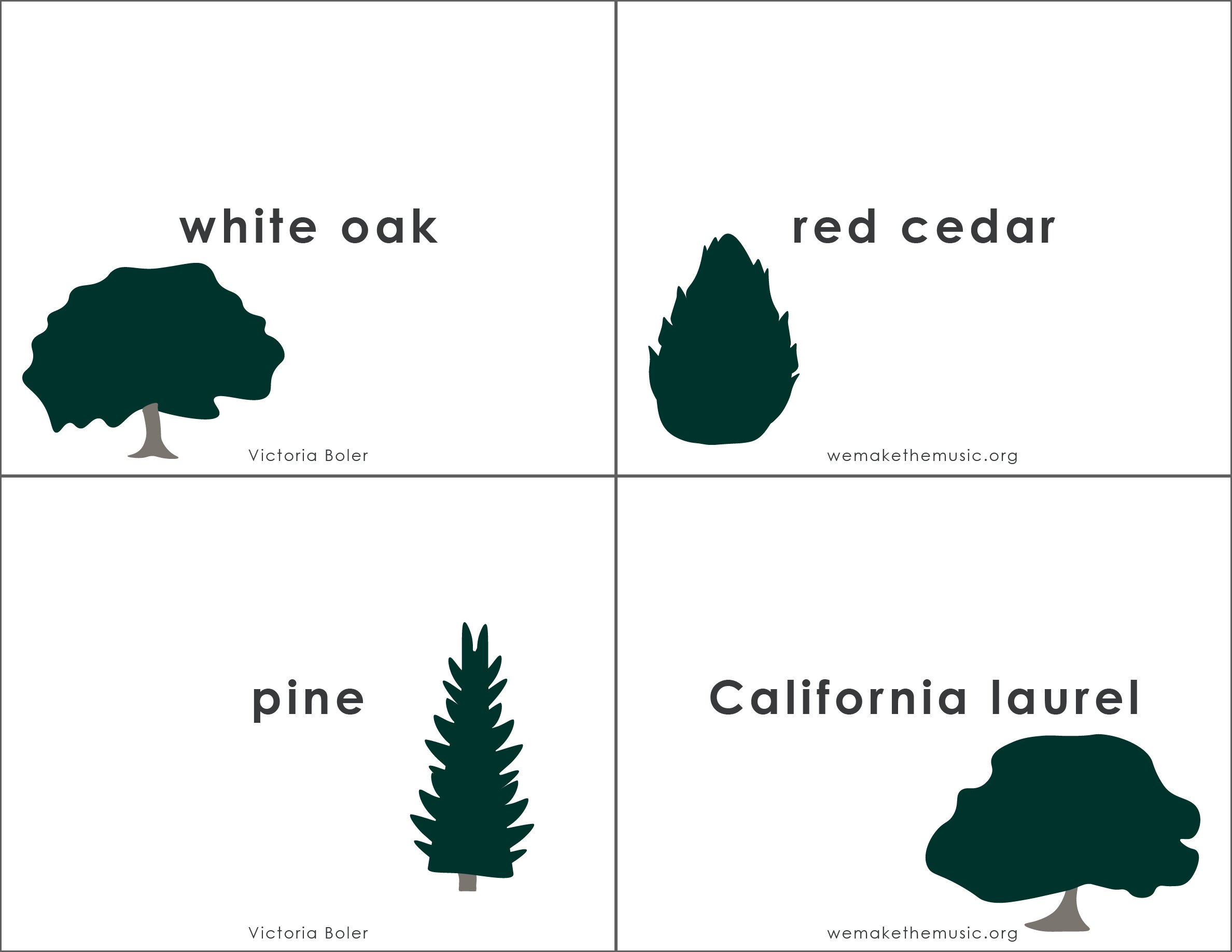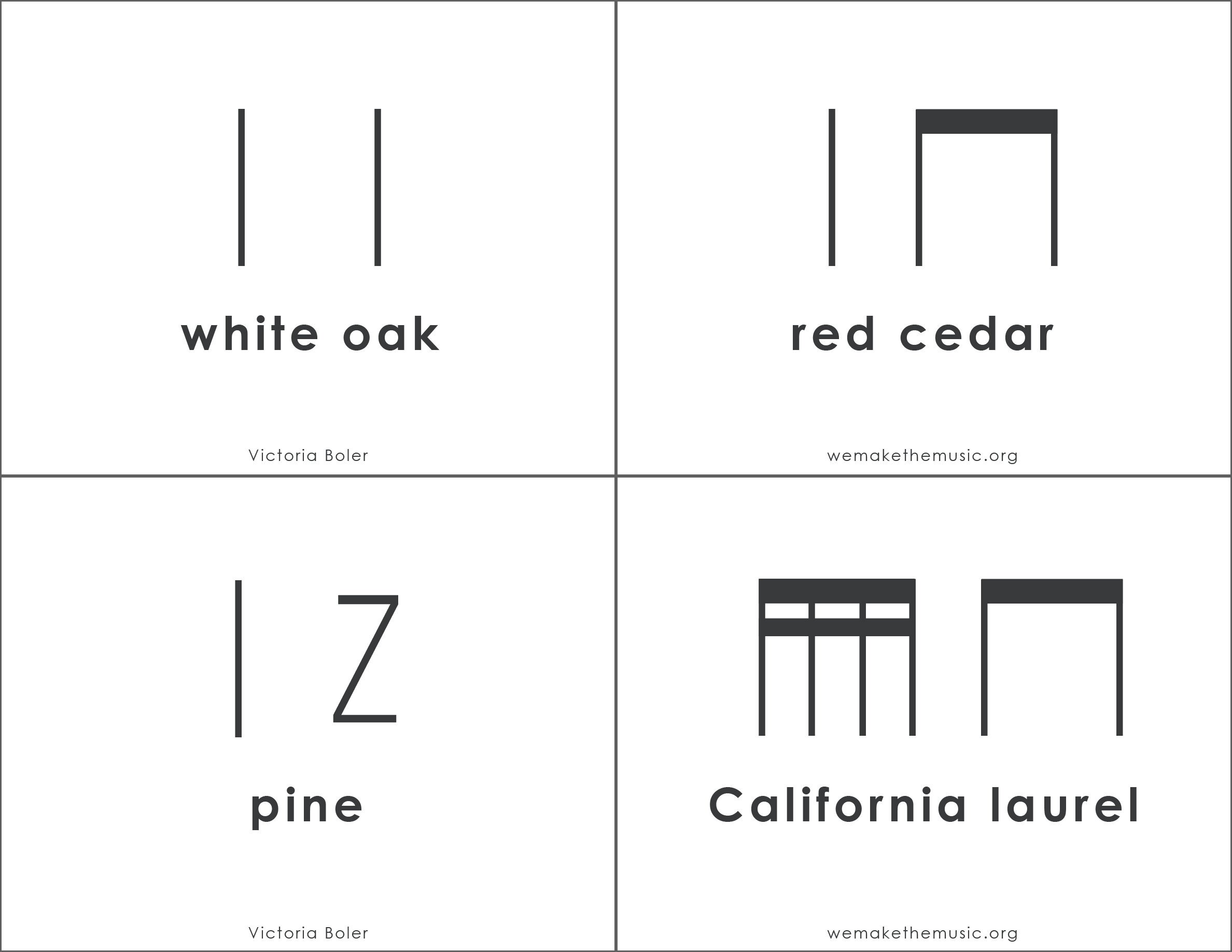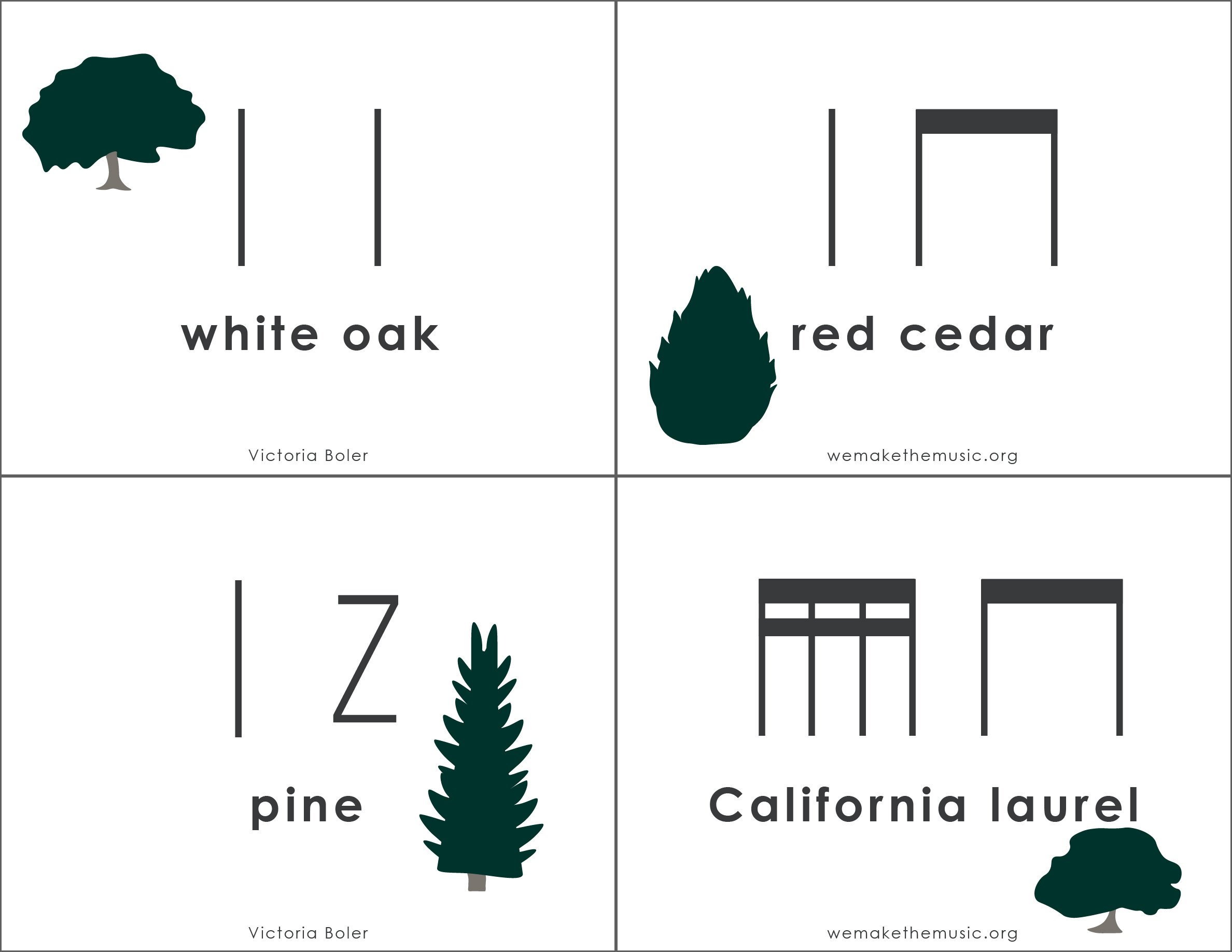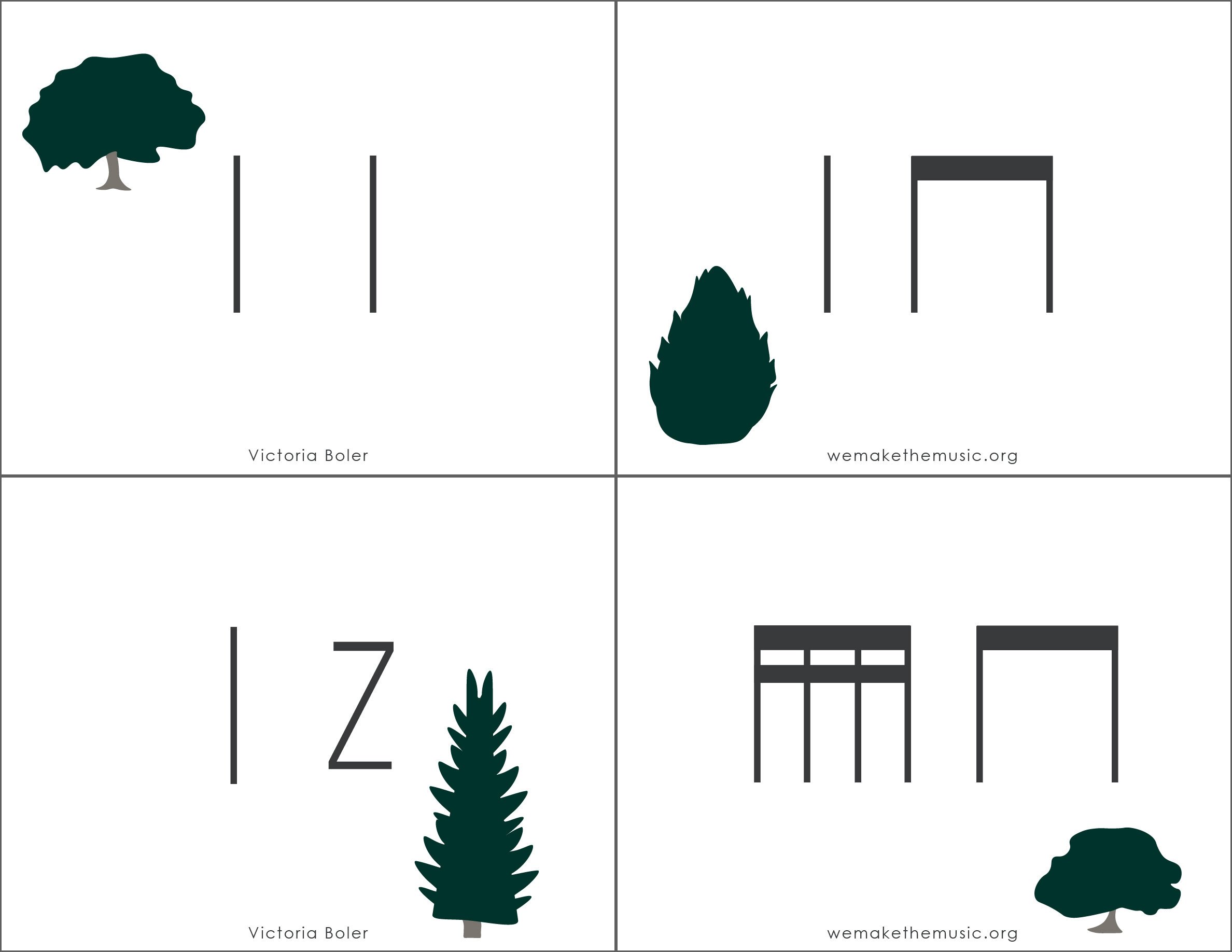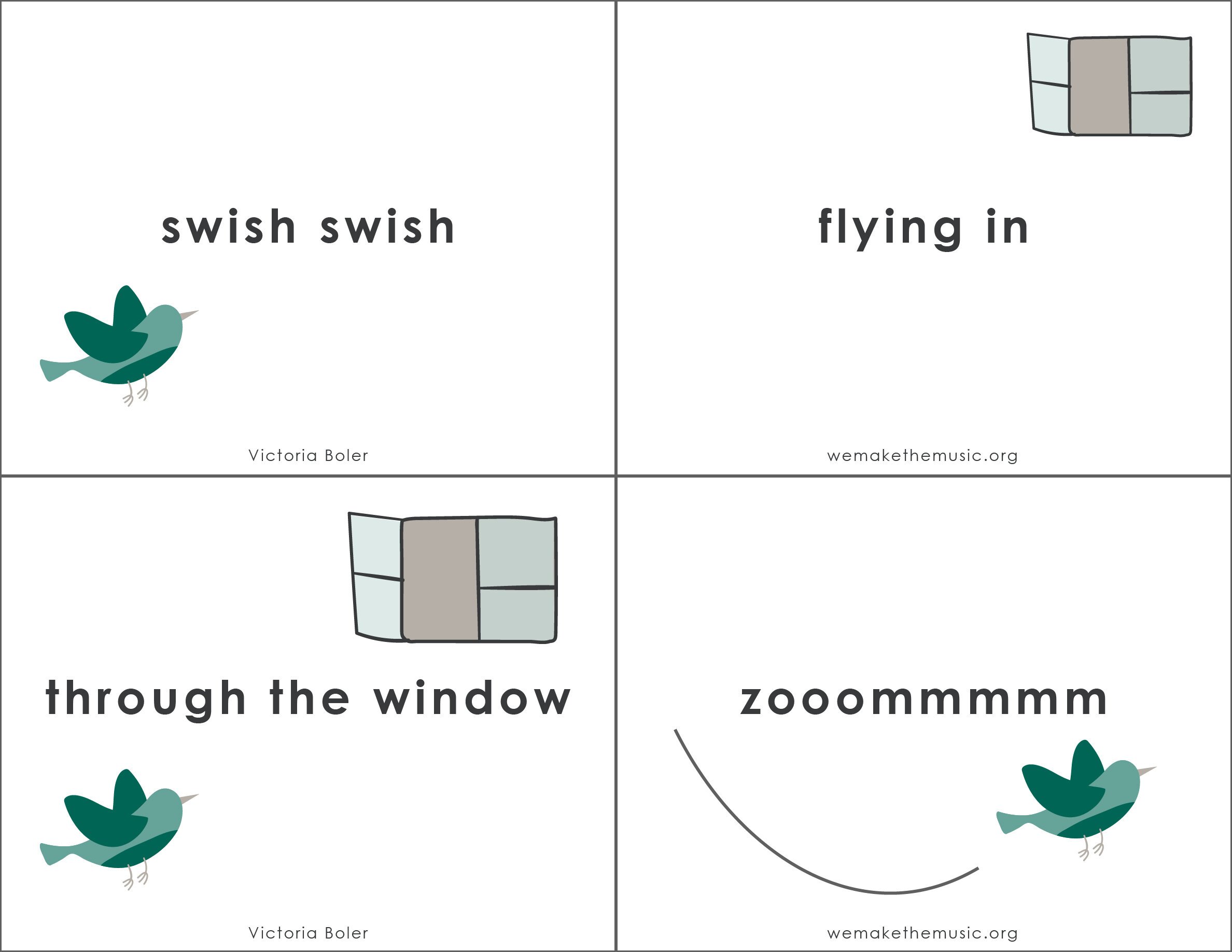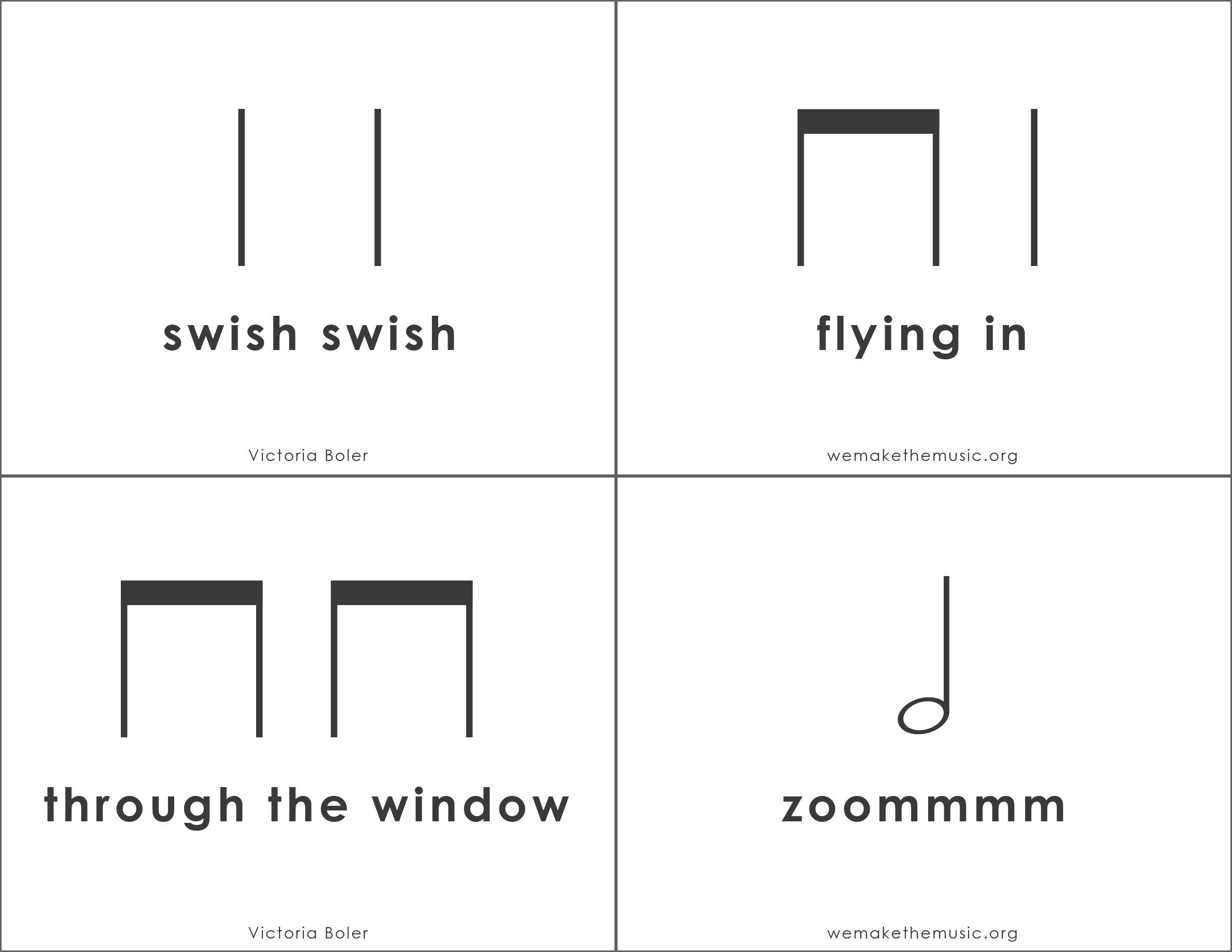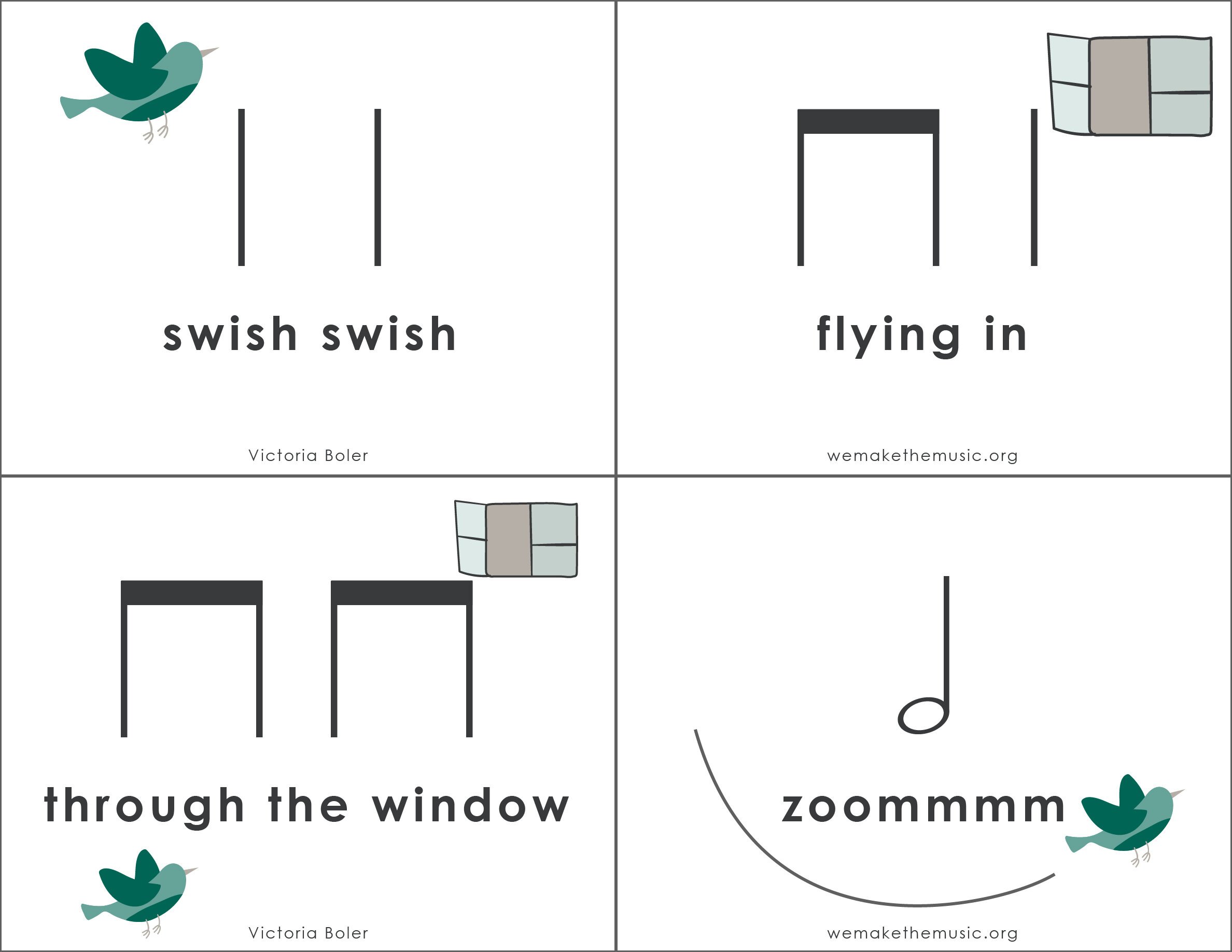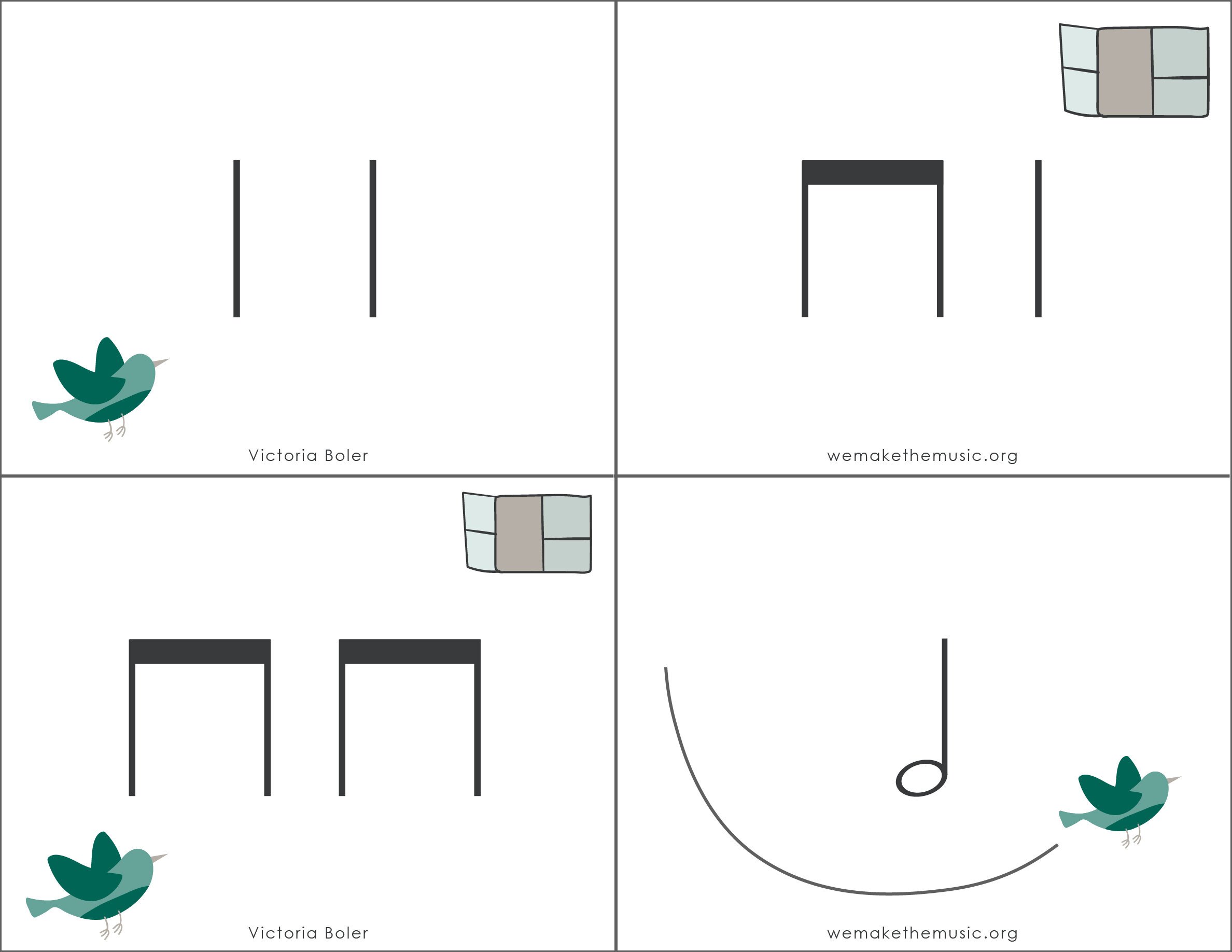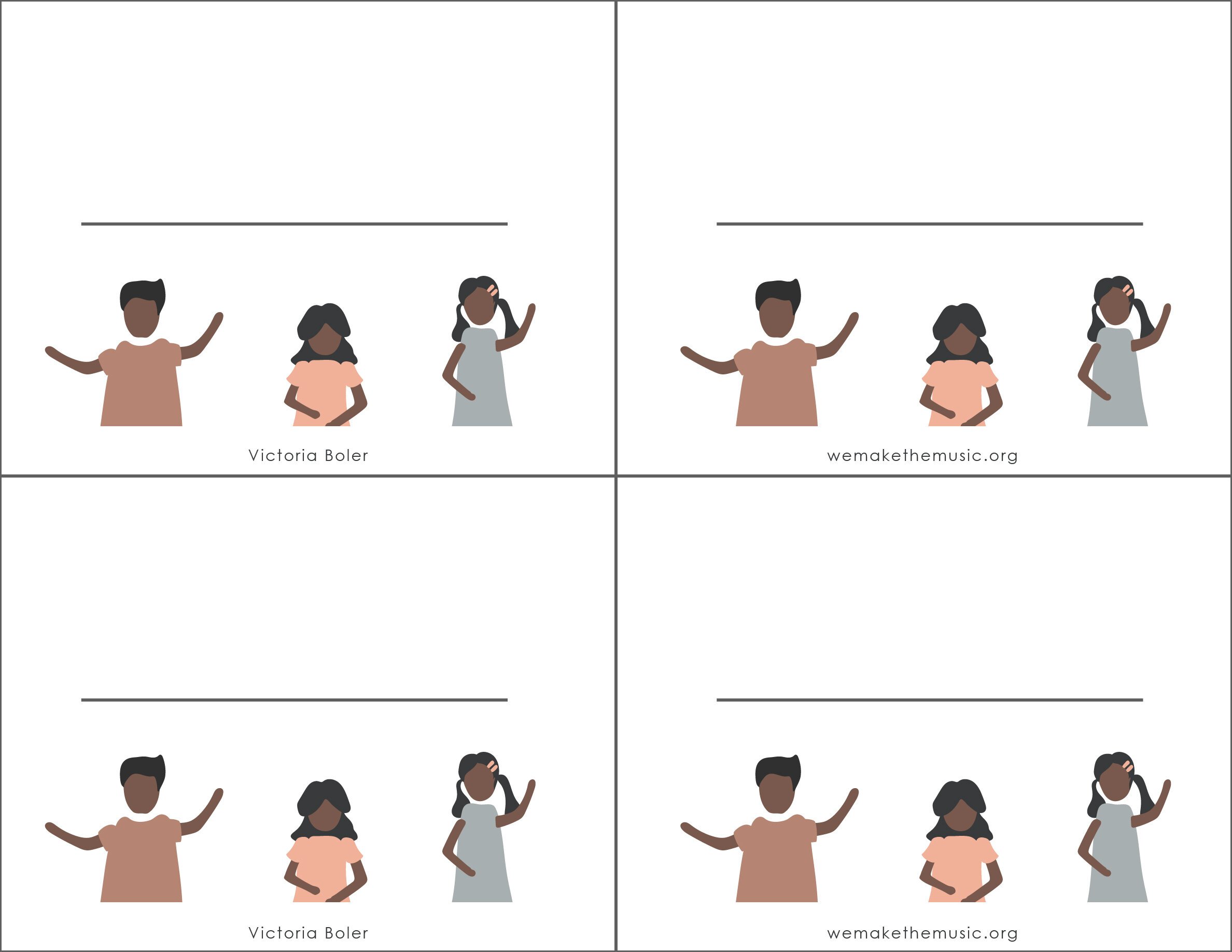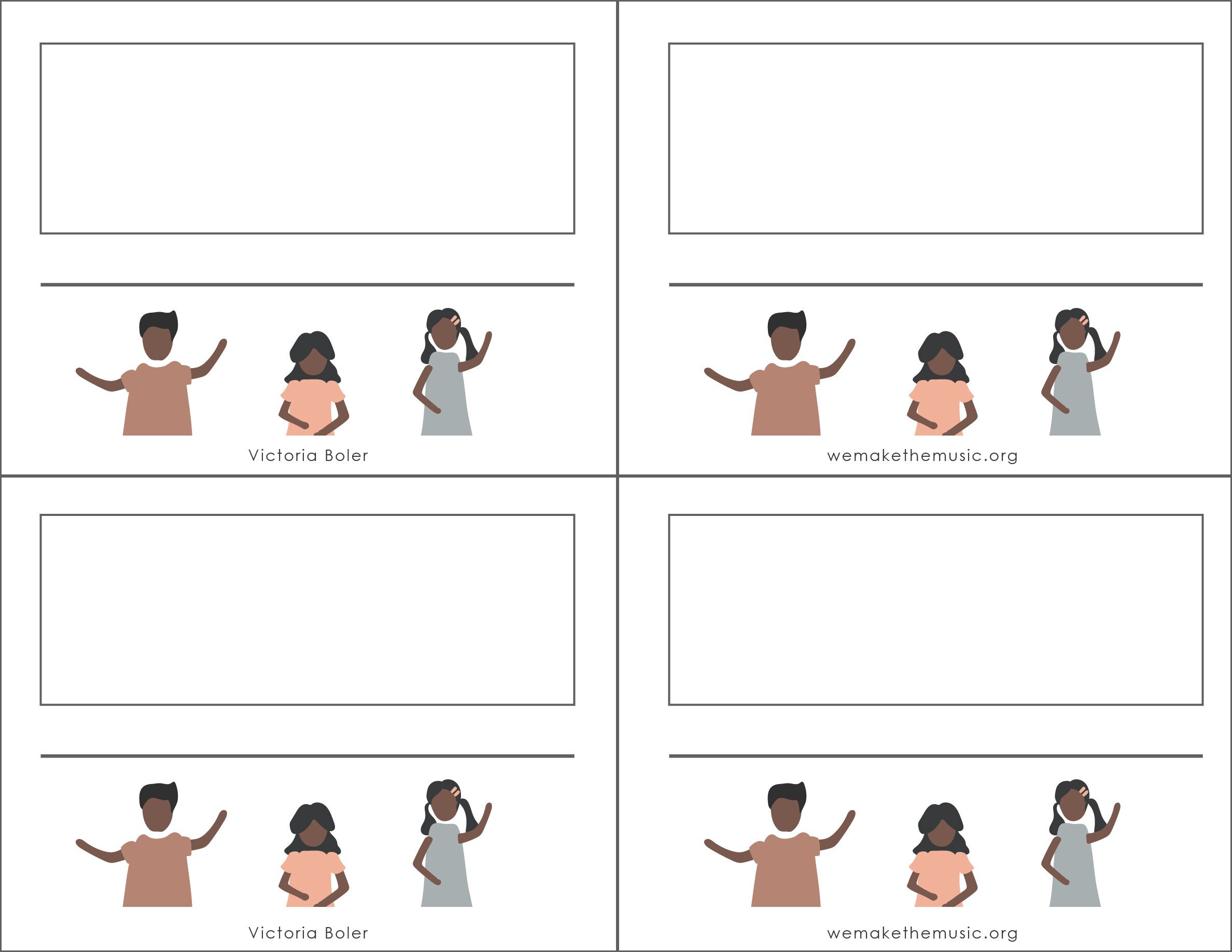Rhythmic Building Blocks for 2nd Grade
Rhythmic building blocks are one of my favorite ways to give students musical choice.
They’re not technically improvisation, but they are a way for a student to have agency over his or her musical output.
Here are some rhythmic building block sets you can download and use in the classroom. All the materials in this collection correspond with The Planning Binder 2019 - 2020 curriculum.
There’s a link to download these building blocks at the end of the post. Let’s jump in!
Getting Started: Materials
2nd Grade Rhythmic Concepts:
The rhythmic building blocks in this set are centered around The Planning Binder curriculum for 2nd grade. In 2nd grade, this means working on:
Ta and Ta-di
Quarter Rest
Half Notes
Takadimi
You’ll find a focus on these rhythmic elements in the cards below.
Using Rhythmic Building Blocks:
Rhythmic Building Blocks Ideas:
Rhythmic building blocks can be used in so many different ways, for so many different musical purposes. Here are some ideas to jump start your planning.
Students create an ostinato
Students create a B section
Students create a pattern, then clap it. The rest of the class dictates what they heard.
Students create patterns, then the teacher chooses one to clap. Students listen to rhythm to figure out if theirs was the one the teacher clapped.
Students create patterns, then share as a class. Students raise their hands if another group’s pattern matched theirs.
Create a rhythm, then add solfege and sing it.
Students create a pattern, then they transfer it to body percussion.
Create a rhythm, then put the rhythm on barred instruments.
Students create a pattern, then the class goes on a “museum walk” to look at or play the other rhythms.
Differentiation:
Rhythmic building blocks can also be used to target the specific learning needs of students through differentiation.
I often find that students self-differentiate when activities involve student choice. This is by no means an extensive list of differentiated strategies, but here are some pathways to consider.
Vary the length:
Some students might make a four beat pattern (only use two cards), some could make a 16 beat pattern (using eight cards).
Vary the rhythms:
This depends on your musical objective, as you’ve defined it in your long-range plans. Let’s say you want to turn these rhythms into a melodic ostinato by having students create a rhythm and then add a melody to it. Since the purpose of the activity is melodic, some students can get a pack of cards with more difficult rhythms. Others can get a pack with simpler rhythms. Each group still achieves the musical goal of adding melody to a rhythmic pattern.
Read more about long-range plans here, or check out The Planning Binder.
Vary the output:
These rhythms can be tricky, depending on the output of musical knowledge we ask of students. For example, let’s say your goal is for students to use a new rhythmic element in an original rhythm. Some students who need support might only speak their rhythm while patting a steady beat. Other groups might clap the rhythm of the words to their pattern. High achieving groups might perform their pattern with different levels of body percussion.
Vary the literacy level:
In early practice, you might print three forms of cards. Some students only have the text, some read the text with standard notation above, and some read only standard notation. As students progress in their musical skills, you can change your literacy expectations.
Logistics Tips:
Keep the groups small. These songs have all been chosen around a 2nd grade level. My experience is that students have the most success in groups of two to four.
I like to hand out two sets of cards to each group. That way, students can use the same rhythm twice in their pattern. I don’t specify that each group must use each card. I leave that decision up to the students.
Have a signal to freeze and listen. This kind of work can get noisy very quickly! Having a quick signal to pause and listen for instruction will go a long way in positive classroom management.
Rhythmic Building Blocks:
Download the full pack below!
Star Light Star Bright
Rocky Mountain
Kookaburra
Here Comes a Bluebird
Who’s That?
This activity is a bit different from the previous rhythmic building blocks! Instead of giving students pre-made rhythms, have them write their name on the card. Each group can rearrange their names to create a rhythm.
Rhythmic building blocks provide a wealth of information for the teacher. They also keep students engaged and at the center of their own learning by providing opportunities for musical choice.
You can click the links below to read more about providing musical choice through improvisation.


